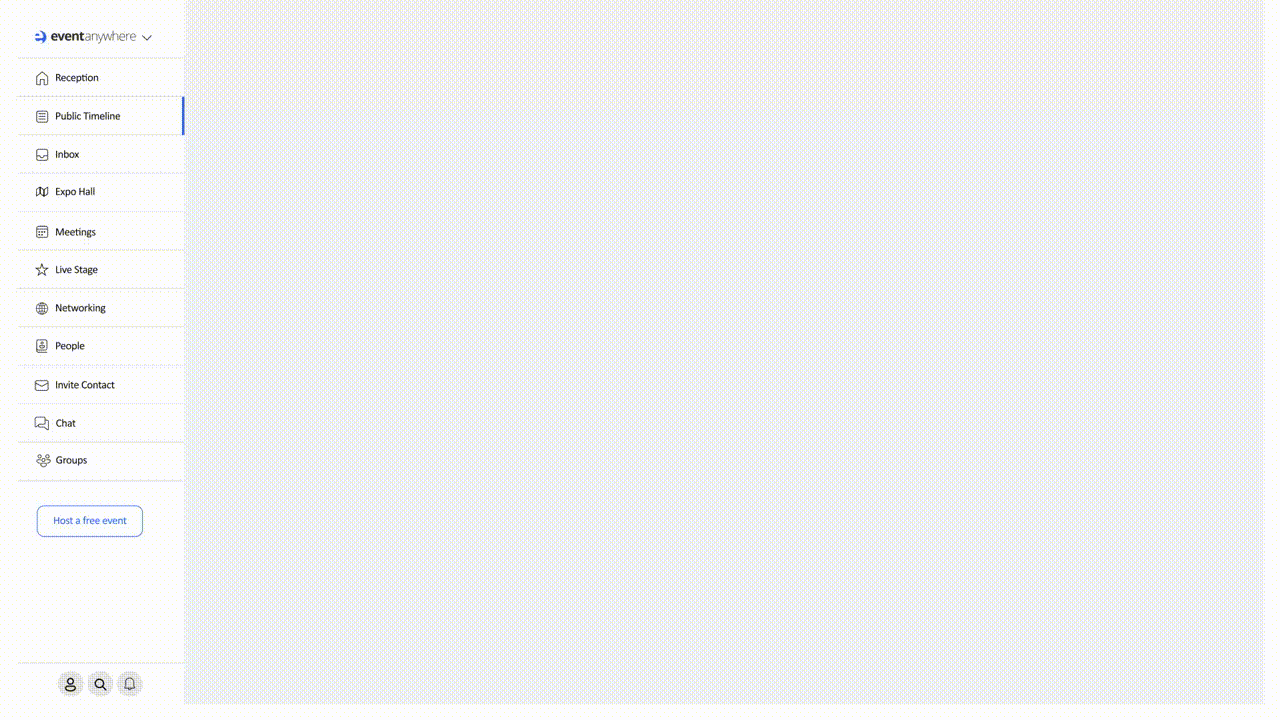Workplace Flexibility and Autonomy
Event Anywhere Team
The ability to work from home, to have flexible hours, and the freedom to choose when you start and finish work is essential for any modern workforce. Yet despite the benefits of giving employees these freedoms, many companies still cling to outdated policies that restrict flexibility. This is a mistake – it’s time for companies across all sectors to embrace workplace flexibility as an essential component of their culture.
Work when, where and how you want
Flexibility is the desire to work when, where and how you want. It’s not just “work from home” – it’s more about being able to control your working day.
If you have flexible employees, they are likely to be more engaged in their work and happier with their careers overall.
Flexible workers are more loyal, take fewer sick days, and are more engaged at work
There are many reasons why flexibility can benefit your company, your employees and the customers you serve.
For the employee:
- Flexibility allows employees to build a work-life balance that suits them, which improves their overall well-being. This leads to higher productivity and lower absenteeism rates. When people feel supported by their employer and allowed space for self-care, they’re more likely to be motivated at work as well as take on new or additional responsibilities in pursuit of career growth or personal development.
- Employees who are given opportunities to grow their skill set will become more valuable members of your team over time—and be more likely than others who stay stagnant in one role for too long (or never move beyond entry-level). The longer they stay with you—and the more responsibility they’re given—the higher chance there is that they might eventually leave altogether if not provided with adequate opportunities for career advancement within your organization’s structure.
Stay connected with employees working remotely with new digital platforms
When your coworkers are not in the same office, it’s important to stay connected with them. No matter how many times you’ve seen each other face-to-face, there will always be people who are remote workers and others who are onsite. It’s important that you keep everyone in the loop as much as possible so they feel a part of your team and community.

Here are some ways Event Anywhere can help:
- Virtual Meetups: Use Event Anywhere for more than just meetings! It’s a great way to connect with remote workers through networking video breakout rooms to experience a virtual office environment.
- Online Chat: Instant messaging allows staff members to communicate with each other through text messages, voice notes and short videos.
- Video Sharing: Share videos of your team working together and talking about what you’re doing. This will help remote workers feel like they’re a part of the action even when they’re not there in person.
- People Directory: By knowing who is online and who isn’t, you can video call or message colleagues based on their availability.
- Self-Service Bookings: Finding the time to schedule a meeting can be challenging. Event Anywhere makes booking appointments simple and straightforward.
- Screencasts: Your team can create transparency and overcome silos by giving short video updates with screencasts, in which you record your screen for a more detailed report.
See past the clocking-in and out mentality
If you’re looking for a way to retain your employees, it’s important to understand how they feel about their work. If you want to create a flexible workforce that has the autonomy to thrive, then you must see past the clocking-in and out mentality.
It may seem like an obvious statement: If people don’t trust their employer or feel supported by their company culture, they’ll leave as soon as they can find another job. However, many leaders are still stuck on rigid schedules with little flexibility when it comes to how employees spend their time at work or how much vacation time they take each year. This outdated approach creates stress levels among workers who find themselves having less control over their own lives outside of work hours increasing stress levels which can lead to burnout.
Letting your employees work flexibly
If you want to retain your staff and improve their productivity, it’s imperative that you embrace the idea of flexibility. This means more than just allowing them to work from home.
A flexible working policy should be about control over your working day, trust and removing barriers to letting employees work flexibly so that they can do their jobs effectively.
Workplace flexibility as a core part of your culture
As the workforce evolves and becomes more diverse, flexible working is a core part of good employee engagement. If you want to remain competitive in recruiting, it would benefit your company to implement workplace flexibility as a core part of your culture.
For employers and employees alike:
- Flexible working is good for employers because it means that you can attract top talent from a wider pool of candidates;
- It’s also good for employees who are looking for a better work-life balance or have caring responsibilities that make it difficult for them to commit to office hours every day;
- And, from a business perspective – especially if you run an SME – flexible working can help retain staff by enabling them to find better work-life balance with fewer hours spent commuting
Flexible work arrangements are becoming an increasingly important part of how people work. The benefits to employees and employers are clear, but we must still consider the challenges that accompany this shift. If you want to retain your best talent, then it’s time for companies to embrace workplace flexibility as a core part of their culture.
Quote on flexible work from Bill Gates
“The competition to hire the best will increase in the years ahead. Companies that give extra flexibility to their employees will have the edge in this area.”